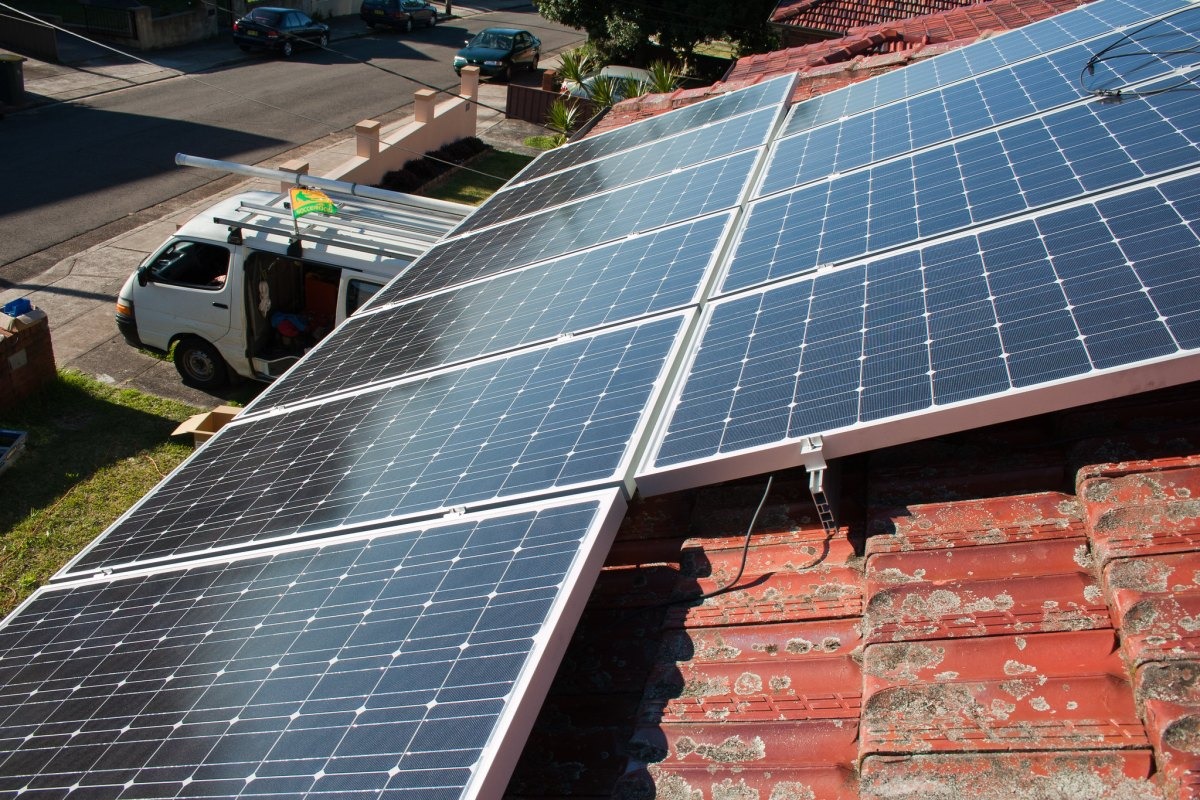Saturday, 03/01/2026 | 05:33 GMT+7
Electrification and energy efficiency improvements promise comfortable lives with lower energy footprints. But U.S. energy consumption has not declined for the last 25 years, despite massive rollouts of energy efficiency standards, electrification laws, and hybrid and electric vehicle purchases.

The following commentary was written by Chris McElroy, a PhD student studying ecological economics at the University of Vermont.
The potential benefits of these technologies drove me to become an engineer and enter the solar manufacturing industry. While inside the industry, I repeatedly saw homeowners, lawmakers, and innovators treat the availability of cheap solar as an excuse to use more energy, not less. Since leaving the industry and researching sustainability, I’ve learned that this phenomenon is neither new nor specific to the solar industry: it’s called the Jevons Paradox.
In 1865, William Stanley Jevons noted that increasingly efficient steam engine designs were leading to increases in overall coal consumption, instead of decreases. Researchers have since found that the same effect applies to gasoline, electricity, computer processors, doctors, and any other factor of production. As production becomes more efficient, the number of things that are profitable to produce increases. This leads the economy to use more of a given resource as technology to process it becomes more efficient unless there are external limits.
With the right policies, however, this overall increase can be prevented. California, for instance, has held its per-capita electricity use almost entirely steady from 1980 to 2020, despite major electrification. This was the result of careful policy measures that incentivized utilities to increase efficiency instead of increasing production. These incentives overcame the typical motivation to use more electricity as machines and appliances became more efficient. As families and businesses switch to energy-saving electric appliances, vehicles, and renewable energy, deliberate policy is necessary to ensure that the end result is an overall decrease in energy use.
States should enact caps on total per-capita energy use to lock in the benefits of efficiency gains over the coming decades. There is a clear precedent for doing so. After 25 years of unmet pollution reduction promises, the EPA enacted similar caps on daily pollution for states in the Chesapeake Bay watershed, called Total Maximum Daily Loads. These limits forced states to act decisively and make progress that — given prior failures — likely would not have been made otherwise. Given the 25 years of energy use stagnation in the U.S., similar caps could enable the U.S. to begin actually reducing its energy footprint.
The exact structure of these caps is important to avoid reductions in individuals’ quality of life or perverse incentives. The limits should decrease over time to match improvements in energy efficiency, and allow renewables to actually replace fossil fuels instead of becoming yet another power source. Energy allowances could be distributed equally to every resident of a state each year, and energy producers would then have to pay for the right to sell energy to consumers or businesses (in the form of electricity, gasoline, natural gas, or even propane). Similar markets already exist quite successfully for renewable energy certificates or RECs.
This creates a strong incentive for companies and government organizations to lower their energy footprint, while also providing a consistent source of income for all state residents. The funds could be used by residents to help cover utility costs or even allow for otherwise rare solar projects in low-income communities.
Right now, non-fossil fuel energy production does not displace fossil fuel energy production. Efficiency improvements lead to increases in our energy footprint. These technological improvements, without external policy incentives, do not lead to the overall environmental benefits we desire. It is high time that the U.S. enacts policy that actually leads to the environmental and social changes we claim to want.
According to energynews







